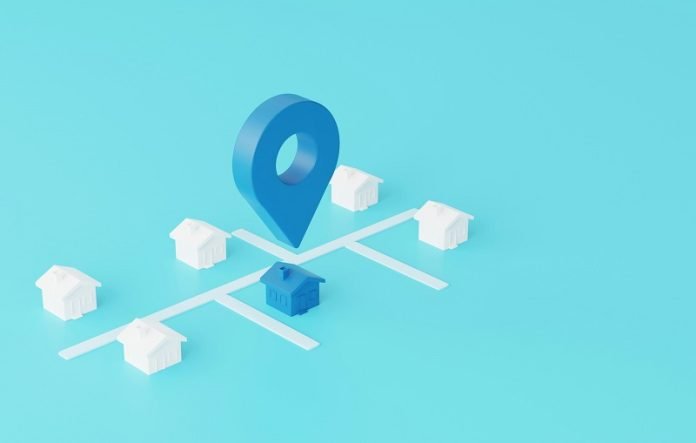
More robust and more accurate positioning systems are needed to meet the demands of the global economy—and Australia is set to enjoy the benefits of its very own system.
Global Positioning Systems turned 50 years old last year with the ‘golden’ anniversary of the US Air Force being given approval in 1973 to develop the Navstar GPS.
GPS has since become a vital component of everyday life that is largely taken for granted by the billions of people who use it for positioning, navigation and timing every single day.
But that increasing reliance also causes greater risks and experts are warning of the dangers if this important technology can be hacked, jammed or even knocked out completely by a natural disaster such as a huge geomagnetic storm.
That’s why developments continue apace in the world of GPS—including Australia and New Zealand’s very own multi-billion dollar positioning system called SouthPAN, which is already active and with more and more services set to be made available in the coming months and years.
The UNSW Australian Center for Space Engineering Research (ACSER) in partnership with the School of Civil and Environmental Engineering (CVEN) will soon host the International Global Navigation Satellite Systems (IGNSS) Conference to bring together experts, policy makers and tech leaders to discuss important topics concerning the industry.
Here, UNSW academics Professor Andrew Dempster and Dr. Craig Roberts give a sneak peek what people can expect from GPS over the next 50 years.
Australasia gets its own ‘GPS’ system
What most people generally call GPS is actually a specific system owned by the United States government and now operated by the United States Space Force. It was started in 1973.
However, other countries have since developed their own systems and there are currently three major alternatives: Russia’s GLONASS, China’s BeiDou Navigation Satellite System, and the Galileo system developed by the European Union. Collectively they are called Global Navigation Satellite Sytems (GNSS).
India and Japan have also been developing separate systems that are not global. Augmentation systems have been introduced by the US, Europe, Japan and others to overcome some GNSS shortcomings using geostationary satellites (satellites that are always in the same place in the sky).
Australia and New Zealand have now added themselves to the list by joining forces to launch the SouthPAN system—designed to meet global performance requirements under the region’s unique service area and space weather conditions.
“SouthPAN is technically a satellite-based augmentation system, which means it is still relying on receiving signals from other satellite systems but then utilizes a number of ground stations to process all the data and then correct some of the errors, making it more accurate,” says Prof. Dempster, director of ACSER.
“The stated aim is that by 2028 you will be able to use this system via your mobile phone and it will tell you within 10 centimeters exactly where you are.”
In recent times uncorrected GPS signals in Australia have only been accurate to within around three to five meters.
The effect of SouthPAN, therefore, will be that every major industry across Australia and New Zealand, from transport and construction to resources and agriculture, will gain significant positioning and navigation benefits.




